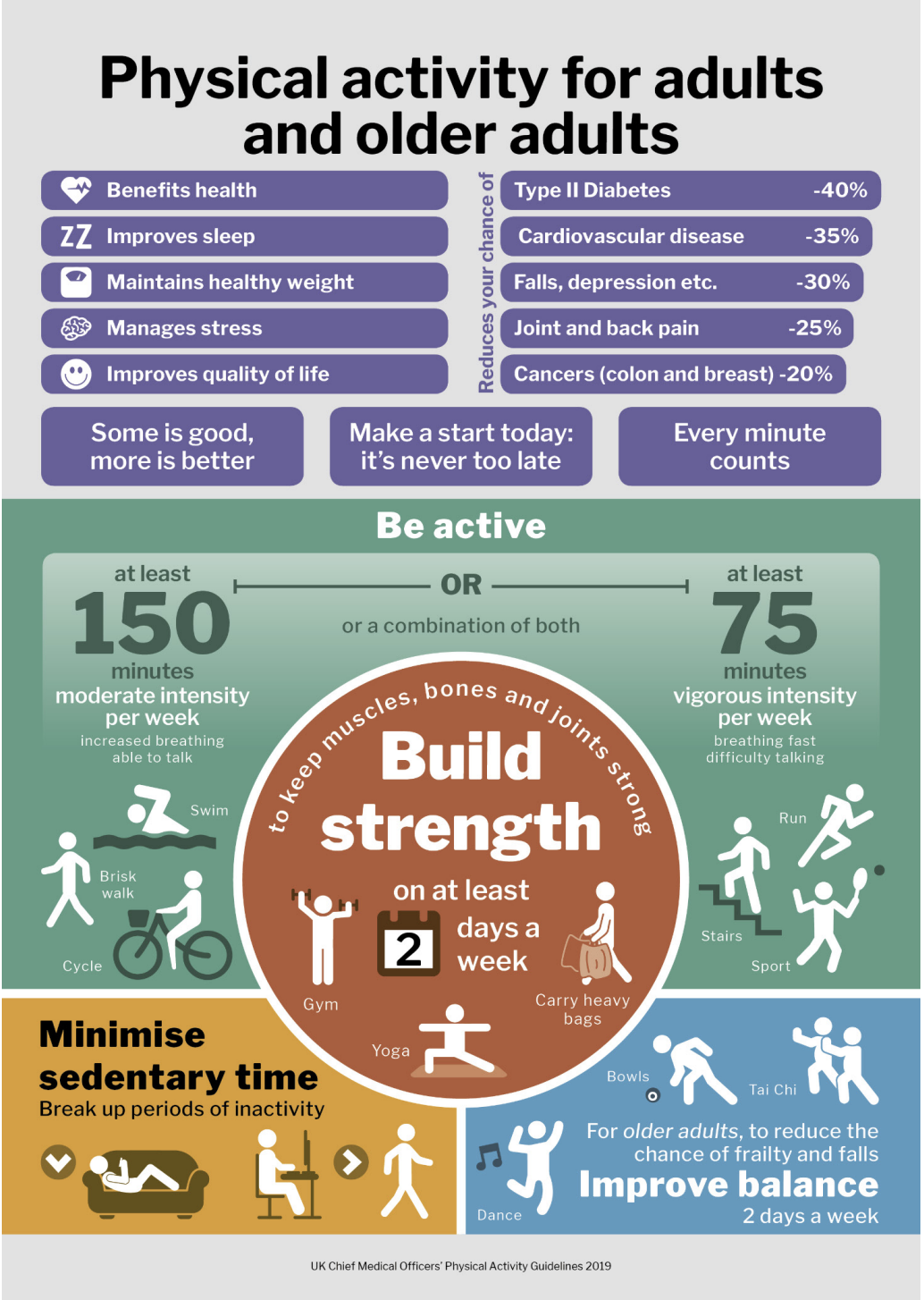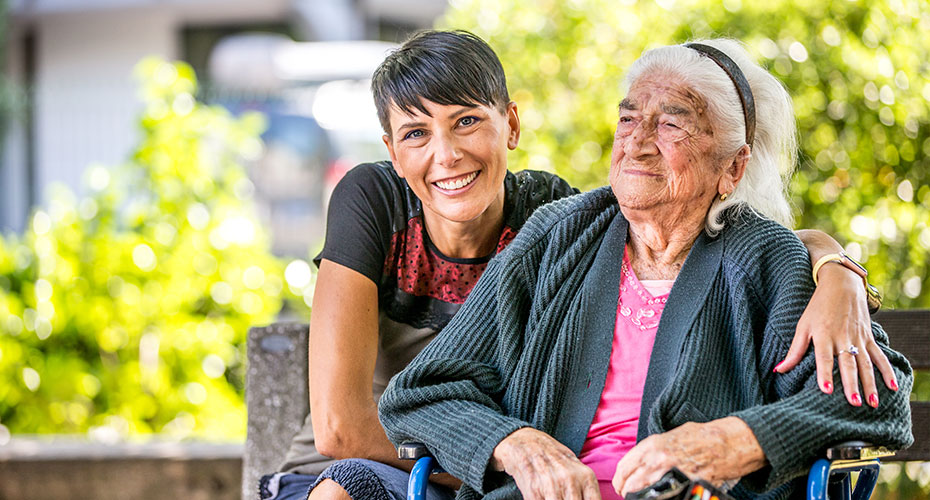Physical Activity and Health Across the Lifespan (PAHAL)
Our research aims and expertise
Our team’s mission is to enhance our understanding of the relationship between physical activity and health across the lifespan. To do this we work across disciplines, using and combining methods from experimental research, epidemiology, data science, and implementation science.
Our group comprises diverse expertise including:
- Physical activity measurement methodology
- Physical activity epidemiology and public health
- Design and evaluation of activity interventions
- Physical activity data modelling and analysis
- Measuring associations between physical activity and health outcomes
- Systematic reviews and meta-analyses
Take a tour of our lab: Click and drag to rotate the camera.
Helping you with your research
Our complete data analytics service for public-funded research and clinical trials that use wearable devices to measure lifestyle, activity and sleep.
Research themes
Understanding how we move, and what that means for our health
Much of our research aims to determine which features of physical activity (for example, how much, how hard, how often, how long, when, and what) are most important for different health and disease outcomes. The results of this research can be used to inform public health and clinical guidelines. In addition, the results can be used to help understand what works for whom and when, which in turn can guide tailored interventions.
Measuring physical activity
Small, wearable devices called accelerometers enable us to collect very detailed information on the patterns of physical activity (intensity, frequency, duration, timing, type), as well as the total amount of activity, that people do in their everyday lives.
PAHAL has developed specialist research skills in the measurement of physical activity and sedentary behaviours using accelerometers, and supports a number of studies with accelerometer data collection for various research groups and studies, collaborating with Exeter colleagues and external research groups. These include:
Accelerometer data processing and analysis
In collaboration with colleagues in the Institute of Data Science and Artificial Intelligence (IDSAI) and the accelerometer manufacturer Activinsights, we have – and continue to develop – new methods of data processing and analysis for translating raw acceleration signals into a range of physical activity and sedentary behaviours such as walking, running and sitting etc.
In addition to estimating how much physical activity people do overall, we also compute measures of how they accumulate their physical activity. We do this by treating each period of physical activity as an event and then using event-based analysis to summarise how physical activity events are distributed within and between days.
Our own research and that of others has highlighted that different patterns of accumulation of physical activity are important for various health outcomes including bone health, physical function, recovery from total knee replacement and diabetes. Therefore, it is important to not only consider how much activity people do but how they accumulate it.
The PAHAL team have expertise in the statistical modelling of the wide range of accelerometer-derived measures they compute, in a variety of study designs. They regularly work with trial/study statisticians in clinical trials, behavioural trials, observational studies and systematic reviews to support them with the analysis of accelerometer data.

-study_crop.jpg)









